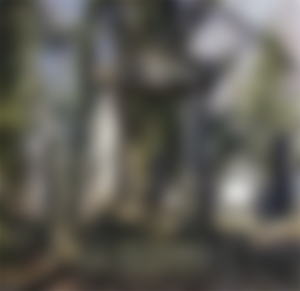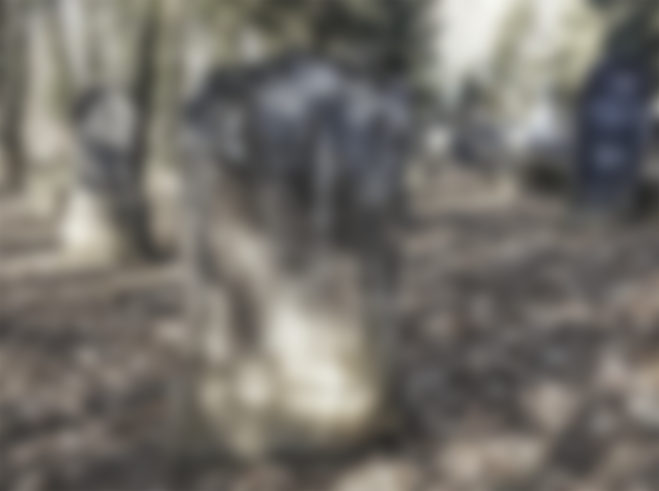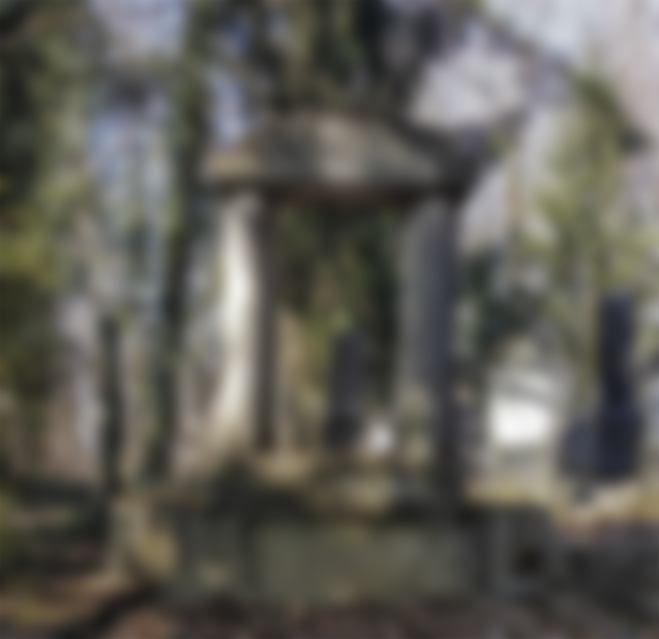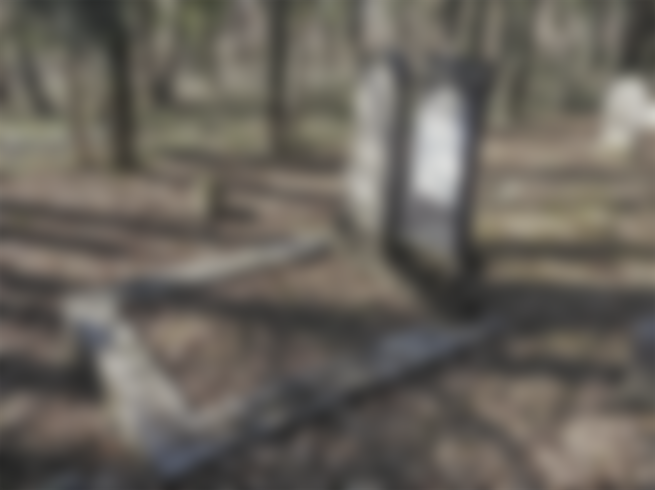The Roman forest near the center of Daruvar hides the beauty of the animal and plant world, but also the old Jewish cemetery and the source around which the legend of eternal love is tied.
The existence of thermal waters on the site of today's Daruvar from ancient times attracted the inhabitants first of the Iasa tribe, and later the Romans who left rich traces there. In their time there was a large settlement called Aquae Balissae.
This is evidenced by a large number of archaeological excavations, among which the most valuable is the famous Roman glass "vas diatretum daruvarense" found in 1785 and kept in a museum in Vienna.


In the immediate vicinity of the center of Daruvar is the Roman forest, which abounds in various flora and fauna. The forest slopes have preserved traces of historical heritage and the Roman forest is one of the important archaeological sites in the Daruvar area.
The interior of the forest is decorated with paths and benches for recreation used by recreationists, passers-by, walkers, and once served as the shortest route for winegrowers and weekenders in the nearby Daruvar vineyards, because the location of the park-forest connects the city center and rich wine-growing area Daruvar .
The Roman forest covers an area of 20 hectares, and was declared a forest park in 1989. It houses a Jewish cemetery dating back to the early 19th century.

The cemetery is located next to a landscaped promenade in the eastern part of the Roman forest, on the archeological site of the Roman castrum Aquae Balissae and the medieval fortress Kamengrad.
In the cemetery there is a memorial erected for 260 victims of fascist terror and 160 tombstones - large and small marble and stone slabs, which rise above the greenery.
The monuments were transported here from Ivanovo Polje from the so-called "Glassworks", areas that were first inhabited by Jews due to the construction of a glass factory there. Of the 160 monuments, one hundred have remains, or complete inscriptions in the Hebrew script, and the marks of a six-pointed star, or a sad willow.

Newer monuments from the period between the two, as well as after II. World War II, they were built into the elderly because the deceased were buried with close ancestors or relatives. One part of the monument bears inscriptions in German and Croatian.
Among the preserved are the monuments of the Pollak family, which, as a landowner and merchant, was until II. World War II among the most prominent in Daruvar. The monument of Rabbi Gross of Daruvar has been preserved, as well as the monuments in the newer western part, where the graves of the Stern family are.

There is a custom of leaving pebbles on tombstones. They are signs of deep and sincere respect for the deceased, who, in the spirit of the Jewish faith, are honored by the act of leaving a stone on the grave. Anyone who does this proves the gentleness of their own soul and the greatness of their heart.

The Jewish cemetery was entered in the Register of Protected Cultural Monuments of Croatia in 1973. It was founded in 1860, when a synagogue was built in Daruvar. Jews moved to the Daruvar area mostly from Burgenland, and kept inns and shops in and around the city. They were most numerous between the two world wars when there were more than two hundred of them.

In the Roman park-forest there is also Julis Brum (Julius' source, ie the source of love). Many people in Daruvar believe in the myth of a spring that says that anyone who drinks water from that spring will fall happily in love. Also, on October 10, 2014, the 2-kilometer-long educational trail was opened, which contains 19 educational boards on which the natural, ecological and cultural-historical sights of the Daruvar region are described.







I love walking through forest.I go almost every day to get some fresh energy.And I like to read such articles about history.History is very interesting.